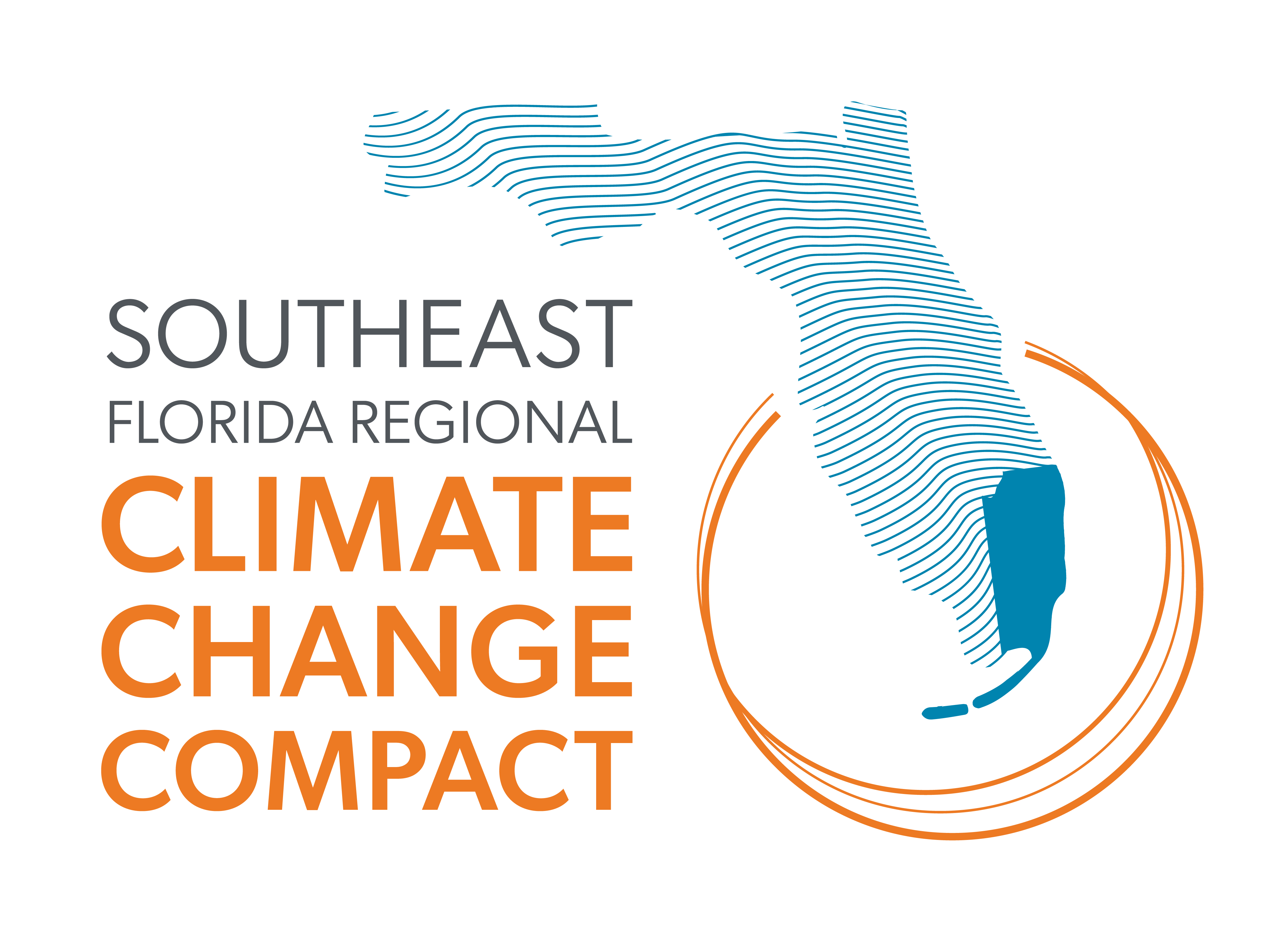Practice integrated water resources management and planning.
STRATEGIES
WS-1.1 Convene forums to develop joint assessment and planning strategies involving local water utilities, National Pollution Discharge Elimination System (NPDES) permittees, wastewater service providers, water managers and partners to the Southeast Florida Regional Climate Change Compact for the coordination of:
- Stormwater use and disposal
- Rainfall-derived inflow and infiltration
- Traditional and alternative water supplies
- Wastewater disposal
- Water reuse
- Expansion of water conservation measures (e.g., maintaining adequate aquifer levels and minimizing the use of potable water for irrigation purposes)
- Amendments to applicable development codes and regulations
IMPLEMENTERS: local governments, water utilities, SFWMD, drainage and water control districts
WS-1.2 Develop local integrated water management plans based on joint assessment and planning strategies.
IMPLEMENTERS: local governments, SFWMD, drainage and water control districts
STATE/FEDERAL PARTNERS: FDEP and FDOT
